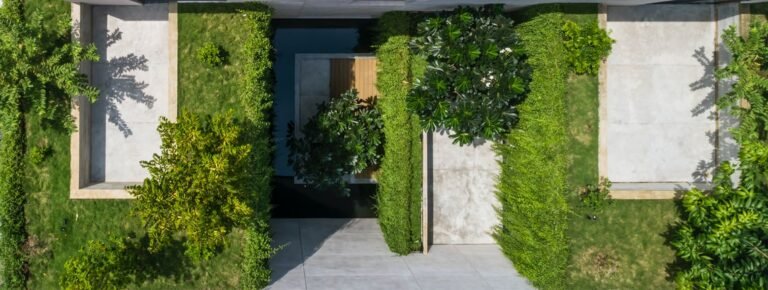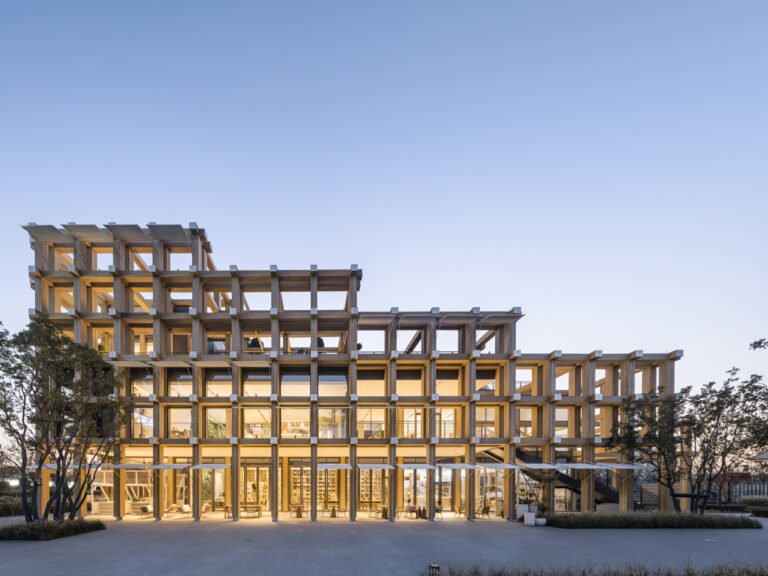Daily digest: The worker who left a noose at a Meta construction site came forward, major cuts planned for NYC’s culture budget, and more
Good afternoon and welcome back to another daily news roundup. With April approaching and the vernal equinox in the rearview, arts, architecture, and design news is once again rearing back up again and emerging from a winter slump.
Here’s what you need to know:
The worker who left a noose at a Meta construction site was finally caught
Construction company M.A. Mortenson has fired the worker responsible for tying a noose and leaving racist graffiti at the site of a $1 billion data center project for Meta in Eagle Mountain, Utah. After the site was shut down multiple times last November, Mortenson ultimately bumped up its reward for information leading to the culprit’s identity to $100,000. Now, the perpetrator reportedly turned himself in on March 22… after another noose was found at the site last Friday and work was stopped yet again. The employee, a worker for a subcontractor, was fired and could now be prosecuted if intent can be proven.
H/t to Construction Dive
Mayor Eric Adams wants to slash NYC’s arts and culture budget
New York City’s arts scene was slammed by the pandemic and even some of the largest, most famous and well-funded museums in the world were forced to lay off staff and stare down massive budget pitfalls as the city shut down. Now, Mayor Eric Adams has released both a blueprint for revitalizing the city’s arts and culture world—while slashing funding for the same in the 2023 budget 36 percent from what it was in 2019, down to only $145.5 million. That’s down $84.6 million from the $230.1 million allocated to the Department of Cultural Affairs in 2022 even. This is still the preliminary budget and could change before its formal adoption in either May or June.
H/t to Hyperallergic
Seven new sites join the Historic Artists’ Homes and Studios program
Today the National Trust for Historic Preservation announced that it had accepted seven sites across America into its Historic Artists’ Homes and Studios program, each the home and or studio of an American artist who distinctly impacted the canon.
The sites are as follows:
- Westwood, the home and studio of painter and educator, Adelia Armstrong Lutz (1859–1931) in Knoxville, Tennessee, operated by Knox Heritage;
- Outdoor Desert Art Museum of Assemblage Sculpture the sprawling artist-designed environment created by Noah Purifoy (1917–2004) in Joshua Tree, California, stewarded by the Noah Purifoy Foundation;
- James W. Washington Home, a holistic campus that includes the home, studio, and artist-designed landscape of artist, sculptural carver, author, and activist, James W. Washington, Jr. (1908–2000) in Seattle operated by the Dr. James and Mrs. Janie Rogella Washington Cultural Center and Foundation;
- Norman Rockwell Studio at the Norman Rockwell Museum, the final studio space for iconic illustrator, Norman Rockwell (1894–1978) in Stockbridge, Massachusetts;
- Soldner Center for the Arts and Innovation, the former artist-designed compound and artistic enclave created by environmentally conscious educators and artists, ceramicist Paul (1921–2011) and painter Ginny Soldner (1924–1995) in Aspen, Colorado, stewarded by their daughter, Stephanie Soldner;
- Pasaquan, the immersive and multi-culturally inspired artist environment of self-taught artist and LGBTQ+ activist Eddie Owens Martin (St. EOM) (1908–1986) in Buena Vista, Georgia operated by Columbus State University and the Pasaquan Preservation Society, and;
- Madoo Conservancy the home, studio, and extensive artist-designed gardens, of artist, poet and gardener, Robert Dash (1931–2013) on the East End of Long Island in Sagaponack, New York.
The AIA honors the best new homes of 2022
In other home award news, today the AIA recognized 14 homes across the U.S. with its 2022 Housing Awards. Now in its 22nd year, the awards program honors the best ground-up, renovated, and restored examples of residential architecture. The full list can be found on the AIA’s website and is broken into four categories; one- and two-family custom homes, one- and two-family production homes, multifamily housing, and specialized housing.
NASA’s Goddard Space Flight Center will shrink by 25 percent after master plan is approved
NASA’s Office of Strategic Infrastructure has reportedly approved a new master plan to overhaul the iconic Goddard Space Flight Center in Greenbelt, Maryland—including a measure to reduce the complex’s square footage by 25 percent. The Greenbelt site is the largest of six NASA Goddard Space Flight Center campuses, and the master plan, which extends out to 2037 and will be implemented in 5-year stages, involves tearing down a number of buildings constructed in the 1960s and ’70s as the NASA workforce goes partially remote.
H/t to Federal News Network



